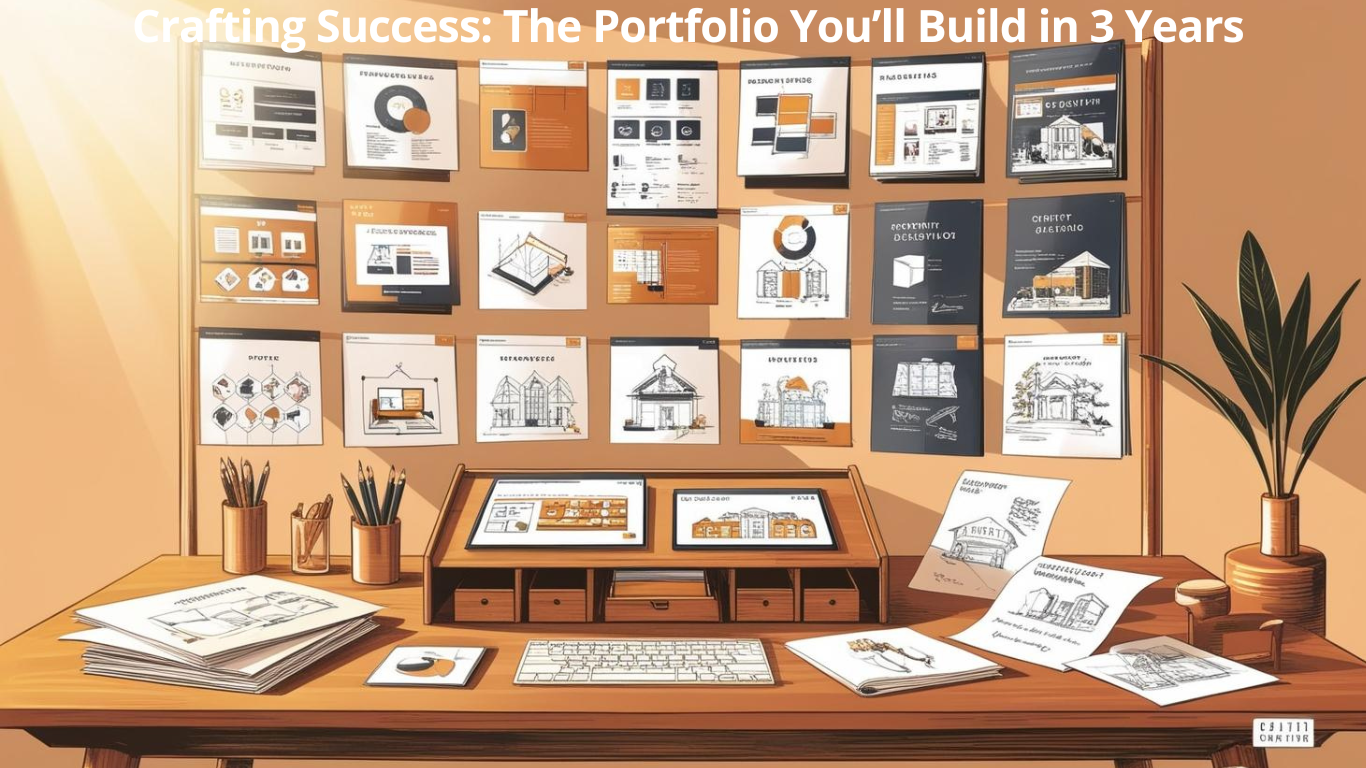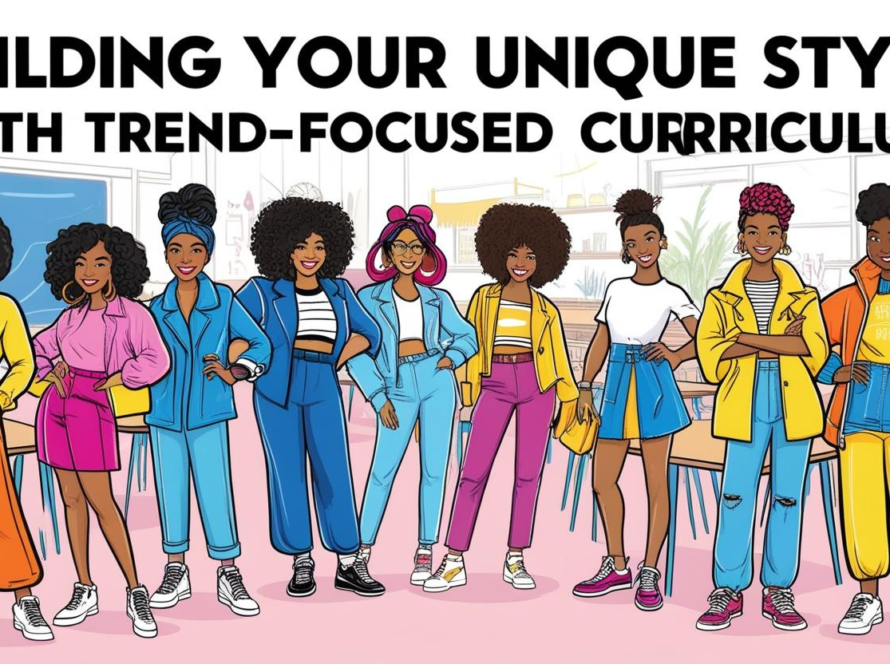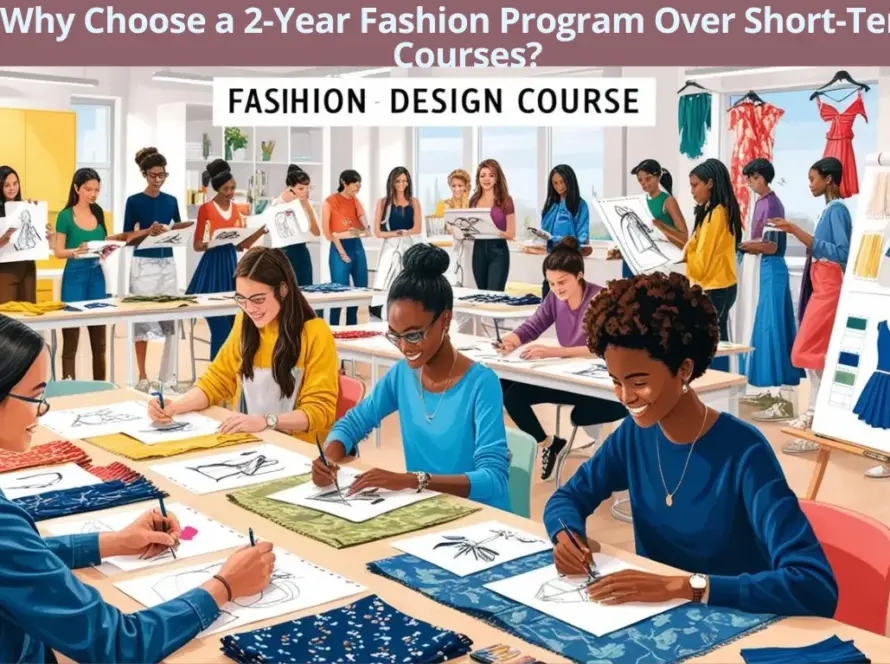As an aspiring fashion designer, one of the most significant milestones in your career is building a portfolio that speaks to your skills, vision, and growth. Whether you’re just starting or you’ve been designing for a while, your portfolio is your ticket to entering the fashion industry and showcasing your talents. What does a portfolio of work look and feel like at the end of training in the 3 Years Program in Fashion Design? The breakdown will narrate from beginner to mature professional-ways in which to build your collection.
How Do You Build Your Fashion Portfolio?
Throughout the first year of the 3 Years’ Program in Fashion Design, starting from the very first day, new ideas, techniques, and inspiration overflow the mind. Well, this is just the right time to actually document everything that is created, even if it’s just some sketches or experiments with fabrics. Your portfolio doesn’t have to be perfect; think about it as a dynamic collection that’s going to change with time.
It is going to be full of mistakes and trial and error in the first year. That’s just part of it. You’ll do mood boards, you will do sketches, and even some fabric samples. The most important thing is not to be afraid to make mistakes, experiment with various types of materials and designs-that is how you learn. Your portfolio at this time is not about the outcome but about the process.
Your first-year portfolio should include everything you’ve created, from quick sketches to rough prototypes. What is important in this phase of the development of your portfolio is to be able to capture not just the growing skill, but the energy and nascent style in your work. Take note of what drove each design and technique. You will be blown away with how much you progress as your program goes forward.
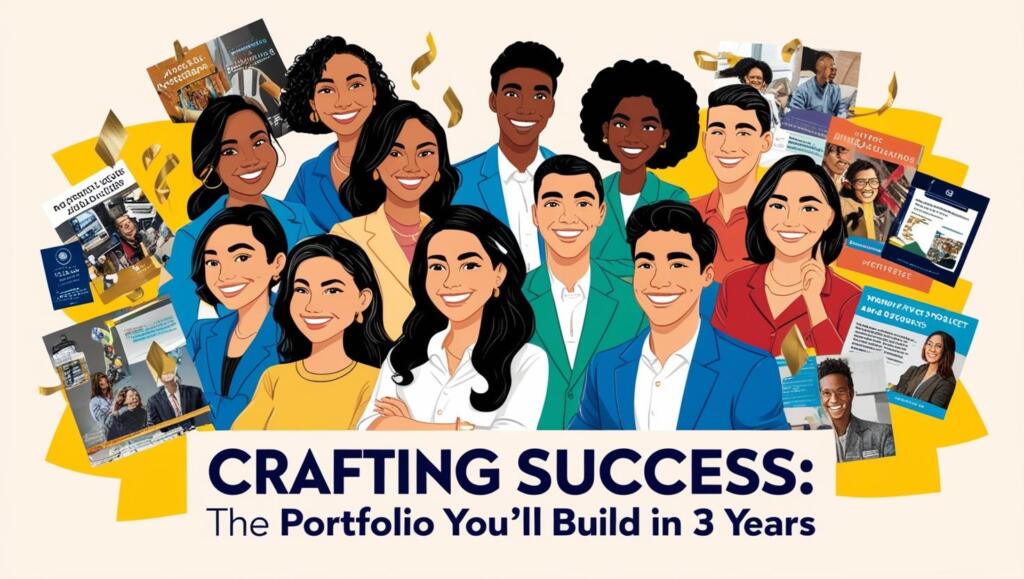
What does your portfolio look like after Two Years?
By the time you’re in your second year of a 3 Years Program in Fashion Design, you’ll have learned essential techniques, improved your design skills, and perhaps even worked on some live projects. At this stage, your portfolio should begin to take shape, and it should reflect your growing technical expertise. You’re not just a beginner anymore—now, you’re showing what you’ve learned and how you’ve improved.
By Year 2 you need to be choosing your best work, showing your range and how you have grown; a range of styles, materials, and techniques are necessary for this. For instance, you can’t stay within the one design or one kind of fashion. Make sure they see you can create both conceptual and practical designs. For example, structured garments versus then fluid creative pieces. Also, include any group work created with other students and any live fashion projects taken on.
This is also the time to perfect your portfolio presentation-that is, how you photograph your designs and present them in a portfolio. A neat, professional layout will allow your work to talk for itself. Be it digital or actual, the way you will present your work can make a big difference in the way it will be perceived by potential employers or clients.
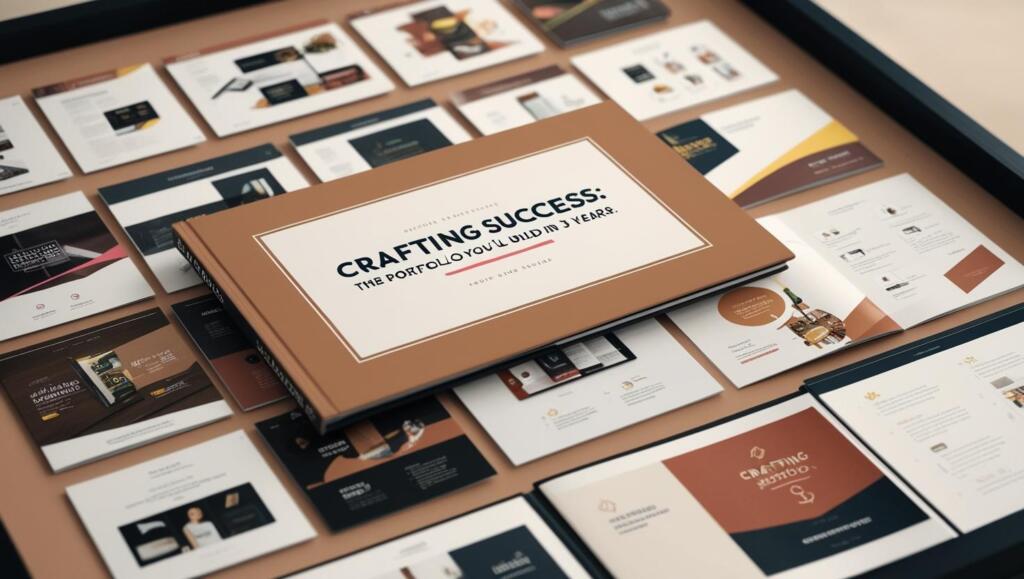
What Do You Invest Your Time into in the Third Year On and On?
Well, the third year in a 3 Years Program in Fashion Design is when your portfolio actually comes alive. By this time, you are supposed to have established your philosophy of design and your aesthetic. Now it’s time to refine your portfolio into a cohesive body of work reflective of who you are as a designer.
In your third year, focus on quality over quantity. Your portfolio should now include only your best work—those designs that represent your true creative vision and the skills you’ve honed over the past two years. Think of this as your signature collection. Include pieces that demonstrate not only your technical prowess but also your personal style and point of view as a designer.
This is also the time to highlight professional experience one might have acquired. Have you ever worked with any designers, conducted a fashion show, or coordinated your own mini collection? All these experiences must be included in the portfolio because they will clearly indicate that one can work effectively in a professional environment and understands the pressures under which the profession operates.
Your final year portfolio should exude confidence, innovation, and passion. Now that you are about to enter the fashion industry, let your portfolio say something about who you are as a designer and where you want to head.
Conclusion
Your portfolio tells your story, but it allows, at the same time, the development of insight into a design career in store. A portfolio is a personal brand; more than just designs compiled together, work inside being witness to one’s growth-where you’ve been-and it represents where you’re going.
Let’s just say competitive doesn’t even scratch the surface, but a really good portfolio does set you apart. This will be your shot to prove it: that you have what it takes to make it-whether it’s just getting your dream job, interning for some major fashion house, or maybe even launching your own label. That the portfolio selected, fine-tuned, and chosen at the end of the 3 Years Programme in Fashion Design becomes a passport for the world of ever-evolving fashion.



